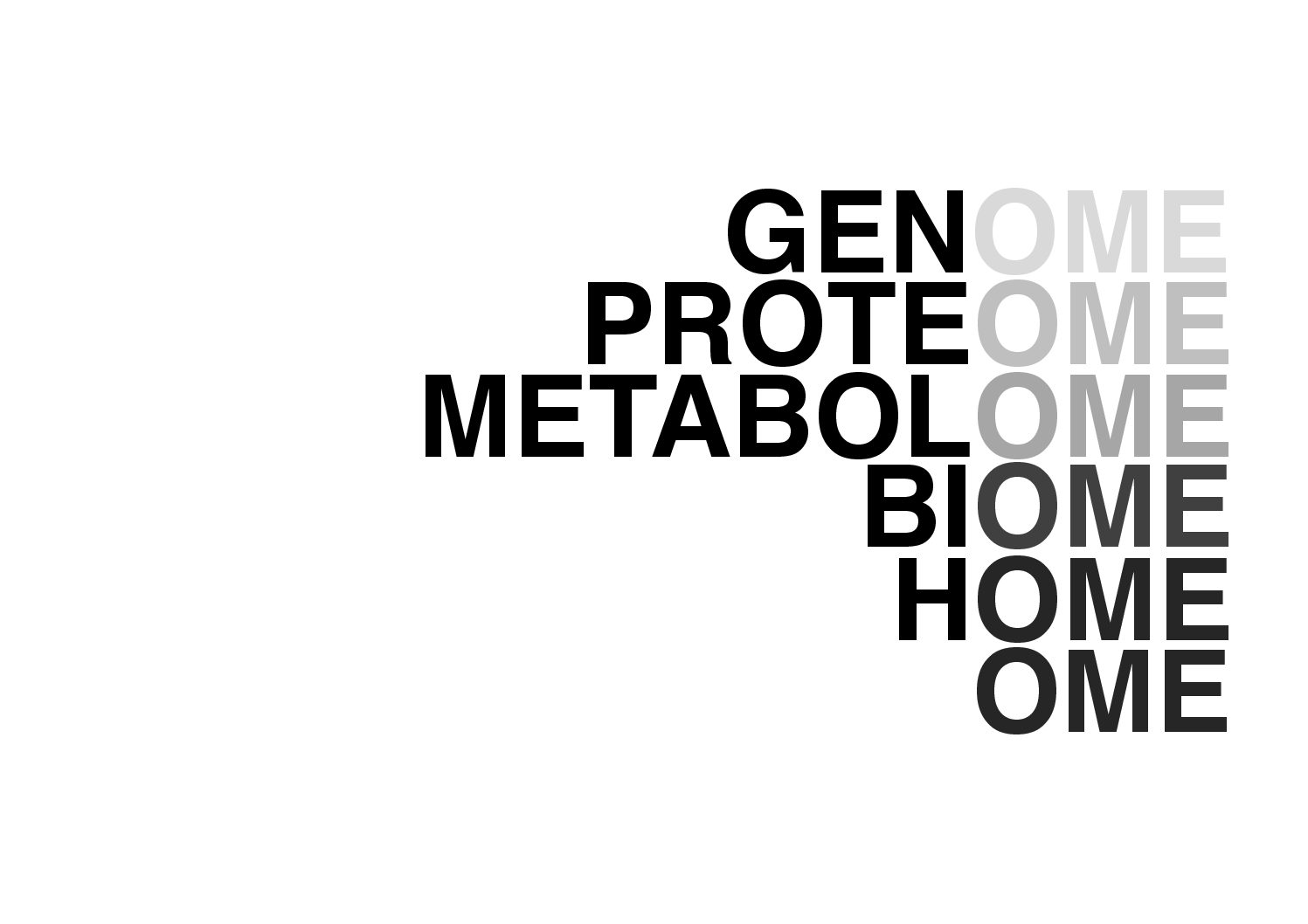
Image by Armand Agraviador
The OME is the home of the HBBE, built in the heart of the Newcastle University campus and completed in June 2021.
It provides a space where HBBE researchers come together to test and demonstrate emerging technologies in the building, and at scale. The OME provides a space where the HBBE can engage with external partners and the public to shape and co-produce our future research. HBBE researchers use the OME to explore interactions between the following technologies,
• Biomaterials for living construction;
• Understanding and modulating the internal microbiome;
• Processing domestic waste to generate energy and create valuable products.
In order to understand how to create self-sustaining, regenerative, living buildings which benefit human and ecological health and wellbeing.
Click here for pdf with directions to the OME

Image by Ben Bridgens


The OME has been designed as a ‘building within a building’: a self-contained apartment (the home) enclosed within a protective building envelope. This allows us to freely experiment with materials and processes not yet ready for external exposure. The apartment, situated above a laboratory, is used to develop processes to convert domestic waste into heat, energy and useful materials. This facility enables the HBBE to carry out research on engineering microbiology for sustainable chemical production. Surfaces and ventilation systems within the building can be modified to explore how the building’s microbiome can be manipulated. And the façade of the OME has been designed to enable a range of material samples, both bio-fabricated and living, to be tested in an external environment and viewed by the public.
The OME also serves as an exhibition and discussion space, displaying the research and physical outcomes of the HBBE’s researchers, and its growing community of interested parties and practitioners.
Crucially we aim to find the links between these diverse approaches to incorporating biotechnology in the built environment, to create self-sustaining, regenerative, living buildings which benefit human and ecological health and wellbeing.
Our current prototypes are:




















